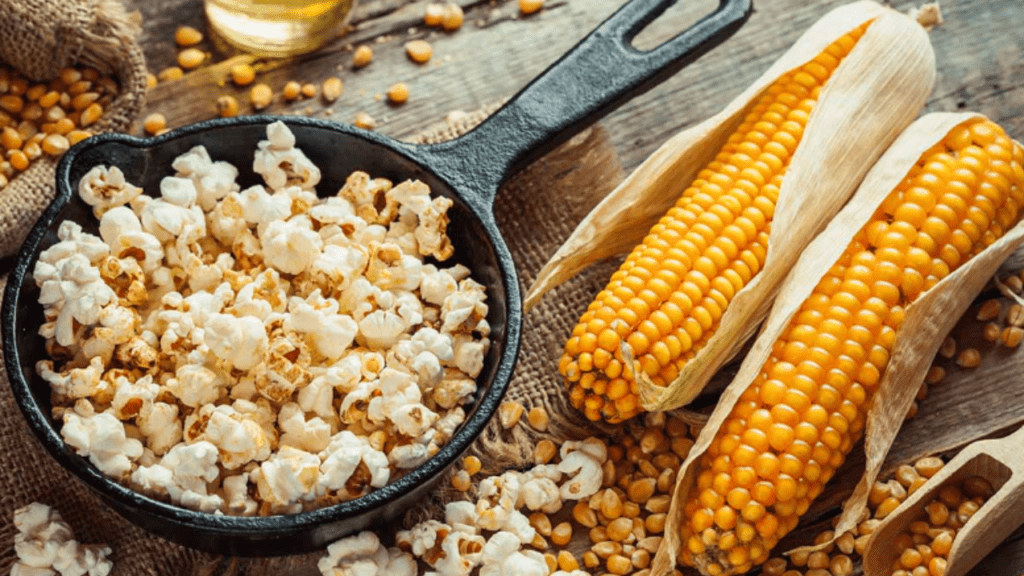
Popcorn Seeds to Plant: A Step-by-Step Guide to Growing Your Own
Growing your own popcorn is a fun and rewarding experience, and it all starts with selecting the right popcorn seeds to plant. In this guide, we will walk you through every step of the process, from choosing the best seeds to enjoying your home-grown popcorn. Whether you’re a seasoned gardener or a beginner, our comprehensive guide will help you successfully grow popcorn in your garden.
If you’re interested in growing your own popcorn from seeds, you’ve come to the right place. Planting popcorn seeds and watching them grow can be a fun and educational experience for both kids and adults. Plus, you’ll get to enjoy the delicious and healthy snack of homegrown popcorn. In this step-by-step guide, we’ll cover everything you need to know about planting, caring for, and harvesting popcorn seeds. By the end of this guide, you’ll be well-equipped to successfully grow your own popcorn at home, no matter your level of gardening experience. So, let’s roll up our sleeves and get ready to start growing some delicious popcorn!
Table of Contents
ToggleUnderstanding Popcorn Plants
In this guide, we will walk you through every step of the process, from choosing the best seeds to enjoying your home-grown popcorn. Whether you’re a seasoned gardener or a beginner, our comprehensive guide will help you successfully grow popcorn in your garden. If you’re interested in growing your own popcorn from seeds, you’ve come to the right place. Planting popcorn seeds and watching them grow can be a fun and educational experience for both kids and adults. Plus, you’ll get to enjoy the delicious and healthy snack of homegrown popcorn. In this step-by-step guide, we’ll cover everything you need to know about planting, caring for, and harvesting popcorn seeds. By the end of this guide, you’ll be well-equipped to successfully grow your own popcorn at home, no matter your level of gardening experience. So, let’s roll up our sleeves and get ready to start growing some delicious popcorn!
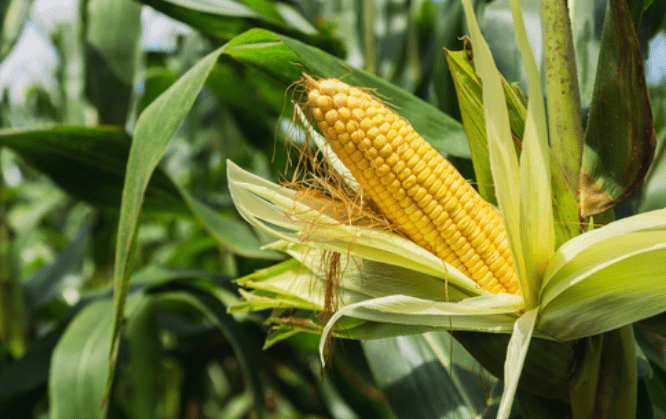
Describe the popcorn plant, its characteristics, and varieties.
The popcorn plant, also known as Zea mays everta, is a type of maize that is specifically cultivated for its popping properties. It is a warm-season crop that thrives in well-drained soil with plenty of sunlight. The plant itself can grow to be quite tall, reaching heights of up to 8 feet or more. It produces long, narrow leaves and tassels that emerge from the top of the plant.
There are several varieties of popcorn plants, each with its own unique characteristics. Some popular varieties include “Robust 33” and “Tom Thumb,” which are known for their high yield and disease resistance. Other varieties, like “Black Aztec” and “Strawberry” popcorn, have distinct colors and flavors that make for a visually appealing and tasty snack.
When it comes to characteristics, the popcorn plant is distinguishable by its small, hard, and starchy kernels. These kernels have a tough outer shell that allows them to retain moisture, making them ideal for popping. The size and shape of the popped kernels can vary depending on the variety of popcorn plant and the growing conditions.
Differentiate between popcorn and other types of corn.
When it comes to differentiating between popcorn and other types of corn, there are a few key factors to consider. The popcorn plant produces long, narrow leaves and tassels that emerge from the top of the plant, making it easily distinguishable from other types of corn. Additionally, there are several varieties of popcorn plants, each with its own unique characteristics. For example, “Robust 33” and “Tom Thumb” are known for their high yield and disease resistance, while “Black Aztec” and “Strawberry” popcorn have distinct colors and flavors that make for a visually appealing and tasty snack.
In terms of physical characteristics, the popcorn plant is distinguishable by its small, hard, and starchy kernels. These kernels have a tough outer shell that allows them to retain moisture, making them ideal for popping. The size and shape of the popped kernels can vary depending on the variety of popcorn plant and the growing conditions. In contrast, other types of corn have larger, softer kernels that are typically used for grinding into cornmeal or feeding to livestock.
Benefits of Growing Popcorn from Seeds
Growing popcorn from seeds has many benefits. First, it allows you to have control over the growing process, ensuring that no harmful chemicals or pesticides are used in the production of your popcorn. This can lead to a healthier and more natural product. Additionally, growing popcorn from seeds can be a fun and educational experience for both children and adults. It provides an opportunity to learn about the growth cycle of plants and can instill an appreciation for the food we eat. Another benefit is the satisfaction of knowing that you have grown your own popcorn, which can be a rewarding experience. Finally, growing popcorn from seeds can be cost-effective, as you can produce a large quantity of popcorn from just a few seeds, saving money in the long run. Overall, growing popcorn from seeds can be a fulfilling and beneficial activity for anyone interested in gardening and sustainable food production.
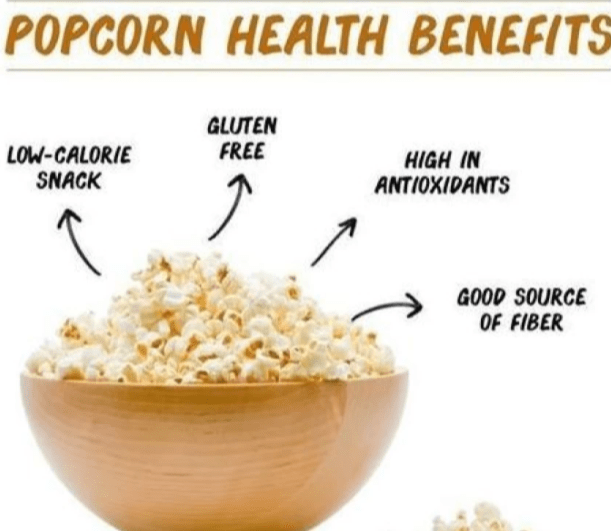
Highlight the advantages of growing popcorn from seeds versus buying pre-popped corn.
Growing popcorn from seeds has several advantages over buying pre-popped corn. First, it allows you to have control over the growing process, ensuring that no harmful chemicals or pesticides are used in the production of your popcorn. This can lead to a healthier and more natural product. Additionally, growing popcorn from seeds can be a fun and educational experience for both children and adults. It provides an opportunity to learn about the growth cycle of plants and can instill an appreciation for the food we eat. Another benefit is the satisfaction of knowing that you have grown your own popcorn, which can be a rewarding experience. Finally, growing popcorn from seeds can be cost-effective, as you can produce a large quantity of popcorn from just a few seeds, saving money in the long run. Overall, growing popcorn from seeds can be a fulfilling and beneficial activity for anyone interested in gardening and sustainable food production.
Selecting the Right Popcorn Seeds to Plant
Provide tips on choosing high-quality popcorn seeds.
When choosing high-quality popcorn seeds, there are a few things to consider. First, look for seeds that are labeled as “heirloom” or “open-pollinated,” as these varieties tend to have better flavor and nutritional value. Additionally, consider the growing conditions in your area and choose seeds that are best suited for your climate and soil type. It’s also helpful to research different varieties of popcorn to find the flavor and texture that you prefer. Look for seeds from a reputable supplier or seed company to ensure that you are getting high-quality, non-GMO seeds. Lastly, consider the size of the popcorn kernels and the yield of the plant, as this can impact the amount of popcorn you will be able to harvest. By taking these factors into consideration, you can select the best popcorn seeds for growing a high-quality crop.
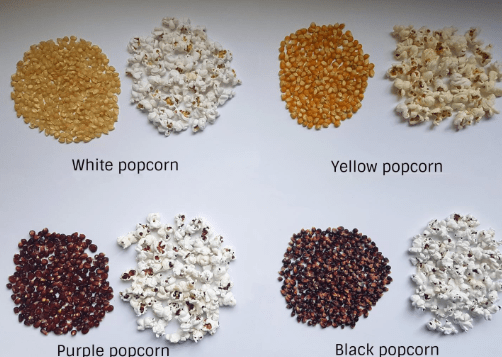
Discuss where to buy popcorn seeds (online stores, nurseries, etc.).
When it comes to buying popcorn seeds, there are several options to consider. Online stores, such as Amazon, eBay, and specialty seed websites, offer a wide variety of popcorn seed options. This can be a convenient way to purchase seeds, especially if you are looking for specific heirloom or open-pollinated varieties. Additionally, many nurseries and gardening centers also sell popcorn seeds, allowing you to see and feel the seeds in person before making a purchase. Some local farmers markets or seed swaps may also offer popcorn seeds, providing a unique and local option for purchasing seeds. It’s important to do your research and choose a reputable supplier or company when buying popcorn seeds to ensure that you are getting high-quality, non-GMO seeds. Consider the growing conditions in your area and choose seeds that are best suited for your climate and soil type. By exploring different options and considering your own preferences and growing environment, you can find the best source for purchasing popcorn seeds.
Preparing for Planting
Detail the steps to prepare the soil and planting area for popcorn seeds.
Before planting popcorn seeds, it’s important to prepare the soil and planting area to ensure the best growing conditions for your seeds. First, you’ll want to choose a location that receives full sun for the majority of the day. Popcorn seeds thrive in direct sunlight, so finding a sunny spot for planting is key.
Next, you’ll need to prepare the soil. Start by clearing the planting area of any weeds, rocks, or debris. Then, use a garden fork or tiller to loosen the soil to a depth of about 12 inches. This will help to improve soil drainage and aeration, which is important for healthy plant growth.
After loosening the soil, you can add organic matter, such as compost or well-rotted manure, to the planting area. This will help to improve soil fertility and provide essential nutrients for your popcorn plants.
Once the soil is prepared, you can create rows or mounds for planting. If you’re planting in rows, space the rows about 3 feet apart to allow for adequate plant growth. If you’re planting in mounds, space the mounds about 2 feet apart.
When planting the popcorn seeds, aim to plant them about 1 inch deep and space them about 9-12 inches apart. After planting, gently water the seeds to help settle them into the soil.
By taking the time to properly prepare the soil and planting area, you can give your popcorn seeds the best start for successful growth and a bountiful harvest.
Explain the importance of soil quality, drainage, and sunlight.
Soil quality, drainage, and sunlight are all essential factors for successful plant growth, including popcorn plants. Good soil quality is important for providing the necessary nutrients and support for plant growth. Ensure the soil is well-drained to prevent waterlogging, which can lead to root rot and other plant diseases. Adequate sunlight is also crucial for the photosynthesis process, which is essential for plant growth and the production of food. When planting popcorn seeds, it’s important to ensure the soil has the right balance of nutrients and is well-drained. Additionally, providing the right amount of sunlight is crucial for healthy plant growth. By paying attention to these factors, you can give your popcorn seeds the best start for successful growth and a bountiful harvest.
How to Plant Popcorn Seeds
Step-by-step guide on how to plant popcorn seeds.
- Choose the right location: Select a sunny spot in your garden or yard for planting popcorn seeds. Popcorn plants need at least 6-8 hours of sunlight each day to grow properly.
- Prepare the soil: Before planting the popcorn seeds, make sure the soil is well-drained and has good quality. You can improve the soil by adding compost or organic matter to provide necessary nutrients for the plants.
- Plant the seeds: Plant the popcorn seeds about 1-2 inches deep in the soil, with a spacing of 10-12 inches between each seed. Make sure to water the seeds gently after planting.
- Watering: Water the popcorn plants regularly, especially during dry periods, to keep the soil moist but not waterlogged. Avoid overwatering as it can lead to root rot and other plant diseases.
- Fertilize: Apply a balanced fertilizer to the soil when the popcorn plants are about 6-8 inches tall to provide additional nutrients for healthy growth.
- Harvesting: Popcorn plants can take around 100-120 days to mature. When the ears of corn are fully mature and the kernels are hard, you can harvest them by twisting the ears off the plant.
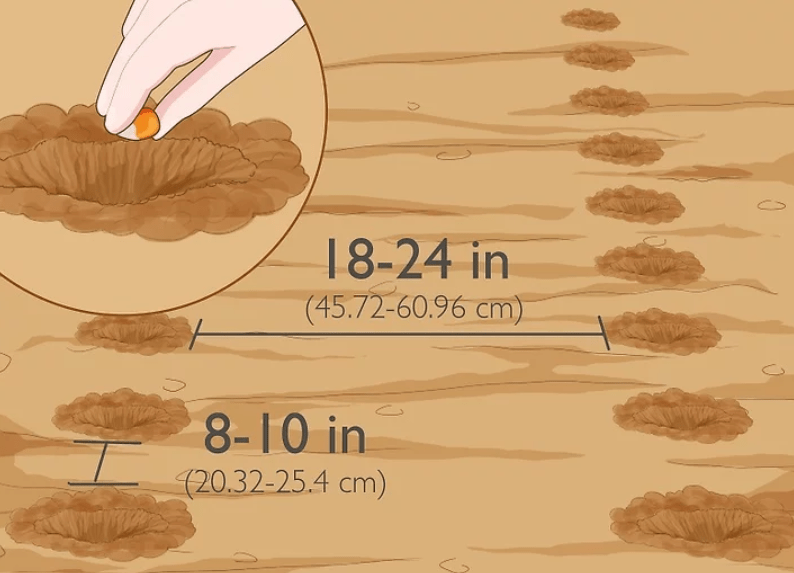
By following these steps and providing the necessary care, you can successfully plant and grow popcorn seeds in your garden. With the right conditions and attention, you can enjoy a bountiful harvest of delicious and nutritious popcorn.
Tips on spacing, depth, and watering during the initial planting phase.
Spacing: When planting popcorn seeds, make sure to space them about 10-12 inches apart in rows that are 30-36 inches apart. This will allow the plants to have enough room to grow and develop properly.
Depth: Plant the seeds about 1-2 inches deep in the soil, ensuring that they are well covered and protected. This will help the seeds germinate and establish strong roots for healthy growth.
Watering: Water the popcorn plants regularly, especially during dry periods, to keep the soil moist but not waterlogged. Avoid overwatering as it can lead to root rot and other plant diseases.
Fertilize: Apply a balanced fertilizer to the soil when the popcorn plants are about 6-8 inches tall to provide additional nutrients for healthy growth.
Harvesting: Popcorn plants can take around 100-120 days to mature. When the ears of corn are fully mature and the kernels are hard, you can harvest them by twisting the ears off the plant.
By following these steps and providing the necessary care, you can successfully plant and grow popcorn seeds in your garden. With the right conditions and attention, you can enjoy a bountiful harvest of delicious and nutritious popcorn.
Caring for Popcorn Plants
Detailed care guide including watering, fertilizing, and pest control.
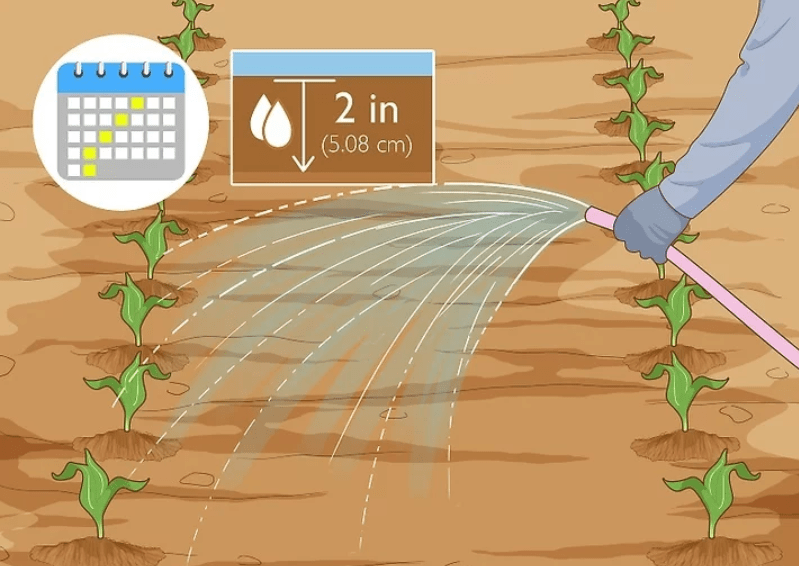
Watering: It’s important to water your popcorn plants regularly, especially during dry periods, to keep the soil moist but not waterlogged. Overwatering can lead to root rot and other plant diseases, so be mindful of the amount of water you give your plants.
Fertilizing: When your popcorn plants are about 6-8 inches tall, it’s a good idea to apply a balanced fertilizer to the soil to provide additional nutrients for healthy growth. This will help ensure that your plants have the necessary nutrients to thrive and produce healthy popcorn kernels.
Pest control: Keep an eye out for pests such as corn earworms or aphids that may try to infest your popcorn plants. You can use organic pest control methods such as neem oil or insecticidal soap to keep these pests at bay and protect your popcorn plants.
Harvesting: Popcorn plants typically take around 100-120 days to mature. When the ears of corn are fully mature and the kernels are hard, you can harvest them by twisting the ears off the plant. Be sure to harvest at the right time to enjoy delicious and nutritious popcorn from your own garden.
Tips on supporting and maintaining the plants as they grow.
Fertilizing: It’s important to provide your plants with the necessary nutrients for healthy growth. When your popcorn plants are about 6-8 inches tall, consider applying a balanced fertilizer to the soil to ensure they have the nutrients they need to thrive and produce healthy popcorn kernels.
Pest control: Keep an eye out for pests that may try to infest your popcorn plants, such as corn earworms or aphids. You can use organic pest control methods like neem oil or insecticidal soap to keep these pests at bay and protect your popcorn plants from damage.
Harvesting: Popcorn plants typically take around 100-120 days to mature. When the ears of corn are fully mature and the kernels are hard, you can harvest them by twisting the ears off the plant. It’s important to harvest at the right time to enjoy delicious and nutritious popcorn from your own garden.
Supporting and maintaining: As your popcorn plants grow, you may need to provide support to prevent them from falling over. You can use stakes or cages to support the plants as they grow. Additionally, make sure to water your plants regularly and provide them with plenty of sunlight to support their growth and overall health. With proper care and maintenance, you can enjoy a successful popcorn harvest from your own garden.
Common issues and how to address them, such as diseases and pests.
When growing popcorn plants, there are some common issues that may arise, such as diseases and pests. One common disease that can affect popcorn plants is leaf rust, which causes orange-colored spots on the leaves. To address this issue, you can use fungicides to prevent the spread of the disease. Another common issue is the presence of pests, such as corn earworms, which can damage the kernels of the corn. To address this, you can use insecticidal sprays or introduce natural predators, such as ladybugs, to control the pest population. It’s important to monitor your plants regularly and take proactive measures to address any issues that may arise. By being vigilant and taking the necessary steps to address common issues, you can ensure a successful harvest of delicious popcorn from your garden.
Pollination and Fertilization
are crucial processes in the growth and reproduction of plants. Pollination occurs when pollen from the male reproductive organs of a flower is transferred to the female reproductive organs, leading to the production of seeds. Fertilization, on the other hand, occurs when the male pollen combines with the female ovule to form an embryo.
Pollination can occur through various methods, including wind, water, and insects such as bees and butterflies. The transfer of pollen is essential for the production of fruits and seeds in plants, and without proper pollination, many plants would not be able to reproduce.
Fertilization takes place after successful pollination, and it is the process by which the male and female gametes unite to form a zygote, which develops into a seed. This process is critical for the survival and growth of plants, as it ensures the continuation of their species.
Harvesting Popcorn
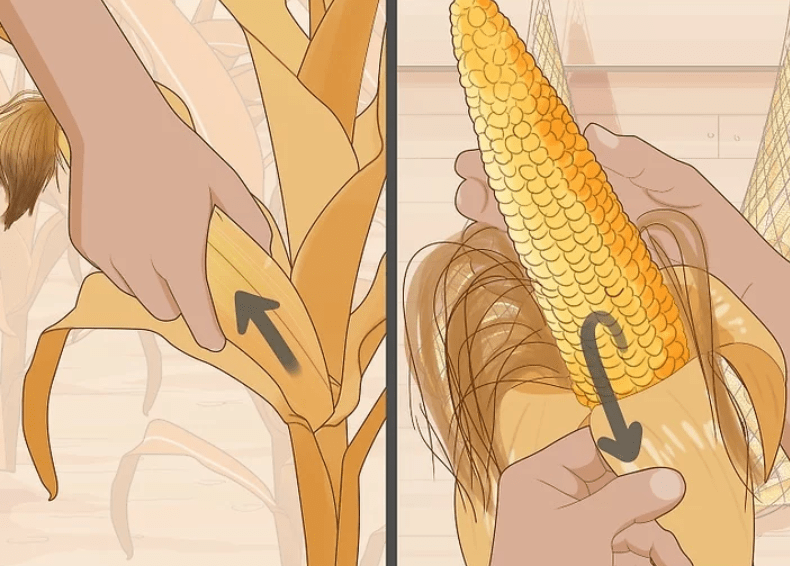
Is an important process in the growth and production of this popular snack. When it comes to harvesting popcorn, it’s important to wait until the kernels are fully mature and dry. This ensures that the popcorn will pop properly when heated. To determine if the popcorn is ready for harvest, you can test the moisture content by pressing a kernel with your fingernail. If the kernel dents but does not break, it is ready to be harvested. Once the popcorn is mature, you can either handpick the ears from the stalk or use a mechanical harvester for larger fields. After harvesting, the popcorn should be stored in a cool, dry place to maintain its quality. With the right timing and care, you can enjoy delicious popcorn that is perfect for snacking and movie nights.
Drying and Storing Popcorn
When it comes to harvesting popcorn, it’s important to wait until the kernels are fully mature and dry. This ensures that the popcorn will pop properly when heated. To determine if the popcorn is ready for harvest, you can test the moisture content by pressing a kernel with your fingernail. If the kernel dents but does not break, it is ready to be harvested. Once the popcorn is mature, you can either handpick the ears from the stalk or use a mechanical harvester for larger fields. After harvesting, the popcorn should be stored in a cool, dry place to maintain its quality. With the right timing and care, you can enjoy delicious popcorn that is perfect for snacking and movie nights.
Common Problems and Solutions
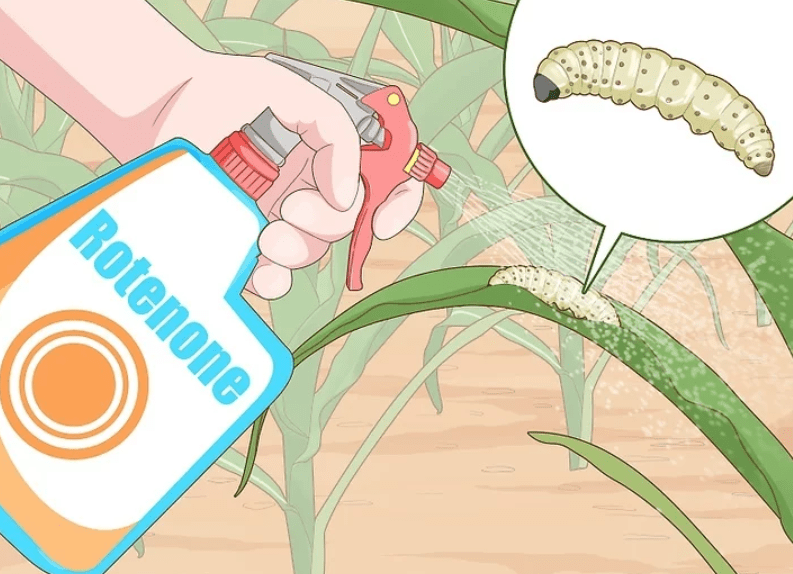
Another common problem with popcorn is unpopped kernels. To solve this issue, you can try preheating the popcorn kernels in a pan for a few minutes before popping them. This can help the kernels pop more evenly and reduce the number of unpopped kernels.
Another common issue with popcorn is it becoming stale. To prevent this, store your popcorn in an airtight container to keep it fresh for longer. You can also add a small piece of bread to the container to help absorb any excess moisture and keep the popcorn crisp.
Additionally, if you find that your popcorn is too dry and tough, you can try adding a little bit of water to the kernels before popping them. This can help to soften the kernels and ensure a better texture when they are popped.
By being aware of these common problems and implementing the suggested solutions, you can enjoy delicious, perfectly popped popcorn every time.
In conclusion, growing your own popcorn from seeds can be a fun and rewarding experience. By following the step-by-step guide provided in this post, you can ensure that your popcorn plants thrive and produce a bountiful harvest. Whether you have a green thumb or are just starting out, this guide will provide you with the knowledge and tips you need to successfully grow your own popcorn at home. Happy planting!
Frequently asked questions And Answer
You should look for popcorn seeds specifically labeled for planting, as these will be the best for growing into popcorn kernels.
Popcorn seeds should be planted in the spring, after the last frost has passed and the soil has warmed up.
Plant the seeds about 1-2 inches deep in well-drained soil, and space them about 9-12 inches apart in rows.
Popcorn seeds need consistent moisture, so water them regularly, especially during dry periods. Be careful not to overwater, as this can lead to rot.
Popcorn plants typically take about 100-120 days to mature and produce fully formed popcorn ears.
The popcorn ears will turn brown and the kernels will be hard when they are ready to harvest. You can also test a few kernels by popping them to see if they are fully formed.
Yes, you can grow popcorn in a large container or pot, as long as it has good drainage and enough space for the plants to grow.
It’s important to fertilize the popcorn plants with a balanced fertilizer and to provide support for the plants as they grow taller. Additionally, be on the lookout for pests and diseases that may affect the plants.
